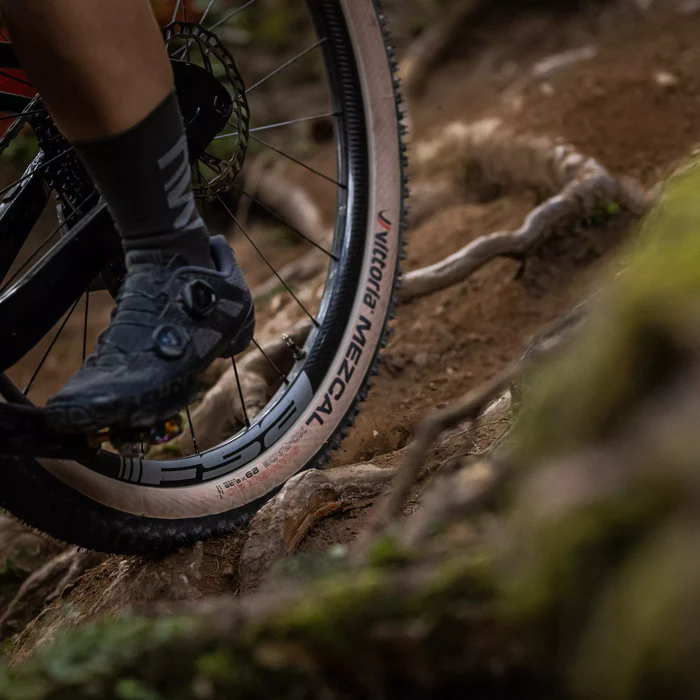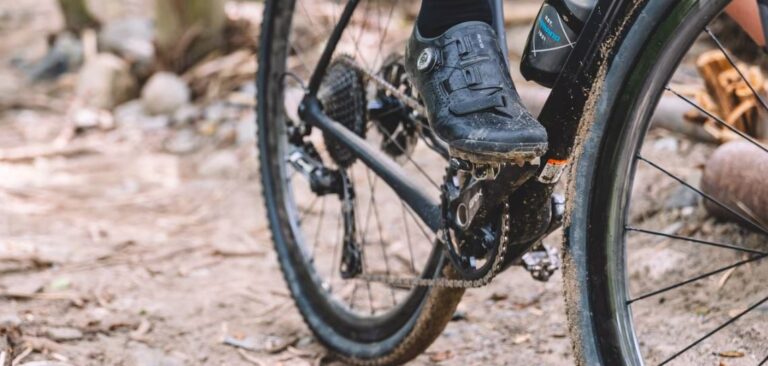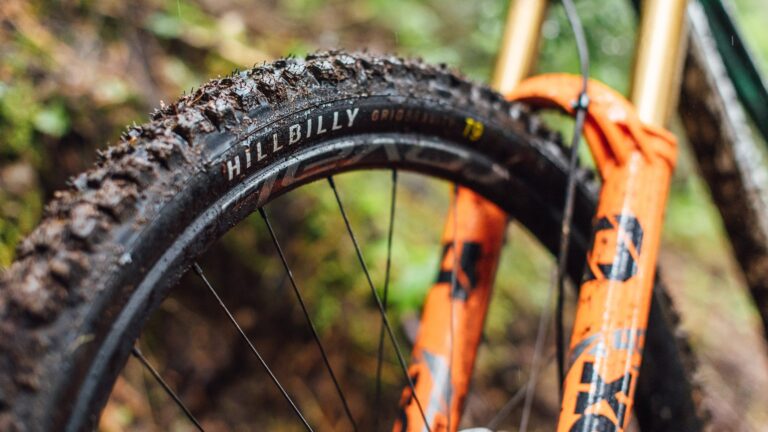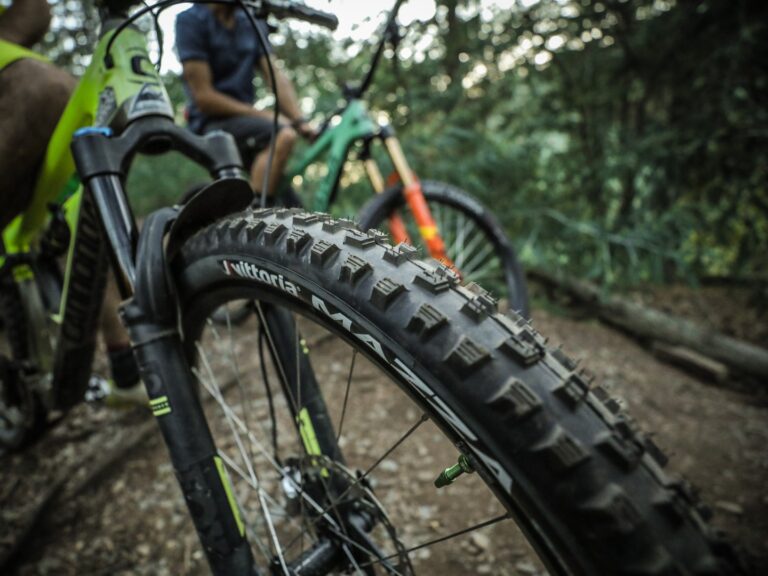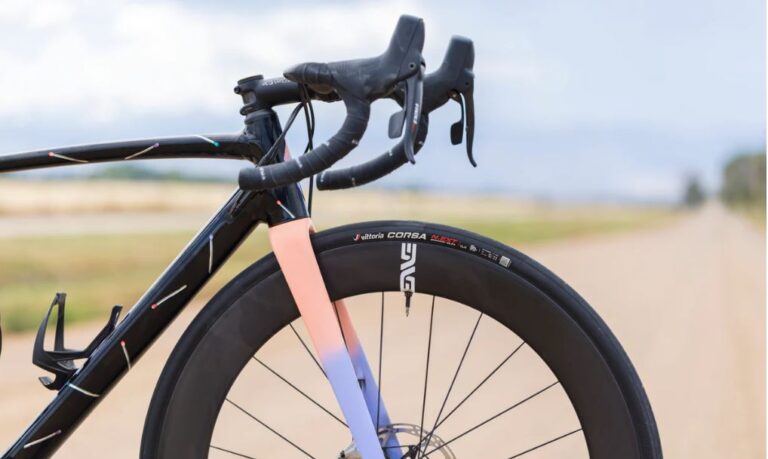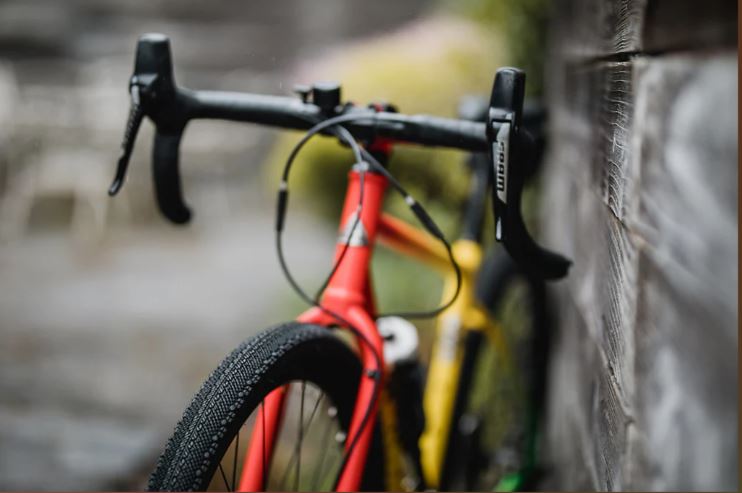Rolling Efficiency of Cross Country Bike Tires: Insights from a Seasoned Cyclist

Key Point Summary of Rolling Efficiency of Cross Country Bike Tires:
- Rolling Efficiency Basics: Understanding how rolling efficiency affects speed and energy use in cross country bike tires.
- Tire Design and Tread Pattern: The impact of tire width, tread design, and rubber compound on rolling efficiency.
- Pressure’s Role: How tire pressure influences rolling resistance and bike handling.
- Terrain Consideration: Adapting tire choice and pressure to specific trail conditions for optimal efficiency.
- Weight and Rolling Efficiency: The interplay between tire weight and rolling speed.
Having spent years racing and riding across various cycling disciplines, I’ve come to appreciate the nuances of bike tire technology, especially when it comes to rolling efficiency in cross country biking.
Understanding Rolling Efficiency
Rolling efficiency, simply put, is how effectively a bike tire can maintain speed with minimal resistance. It’s a crucial factor in cross country cycling, where conserving energy and maintaining speed over diverse terrain is key. The right tire can make pedaling feel effortless, while the wrong one can feel like riding through molasses.
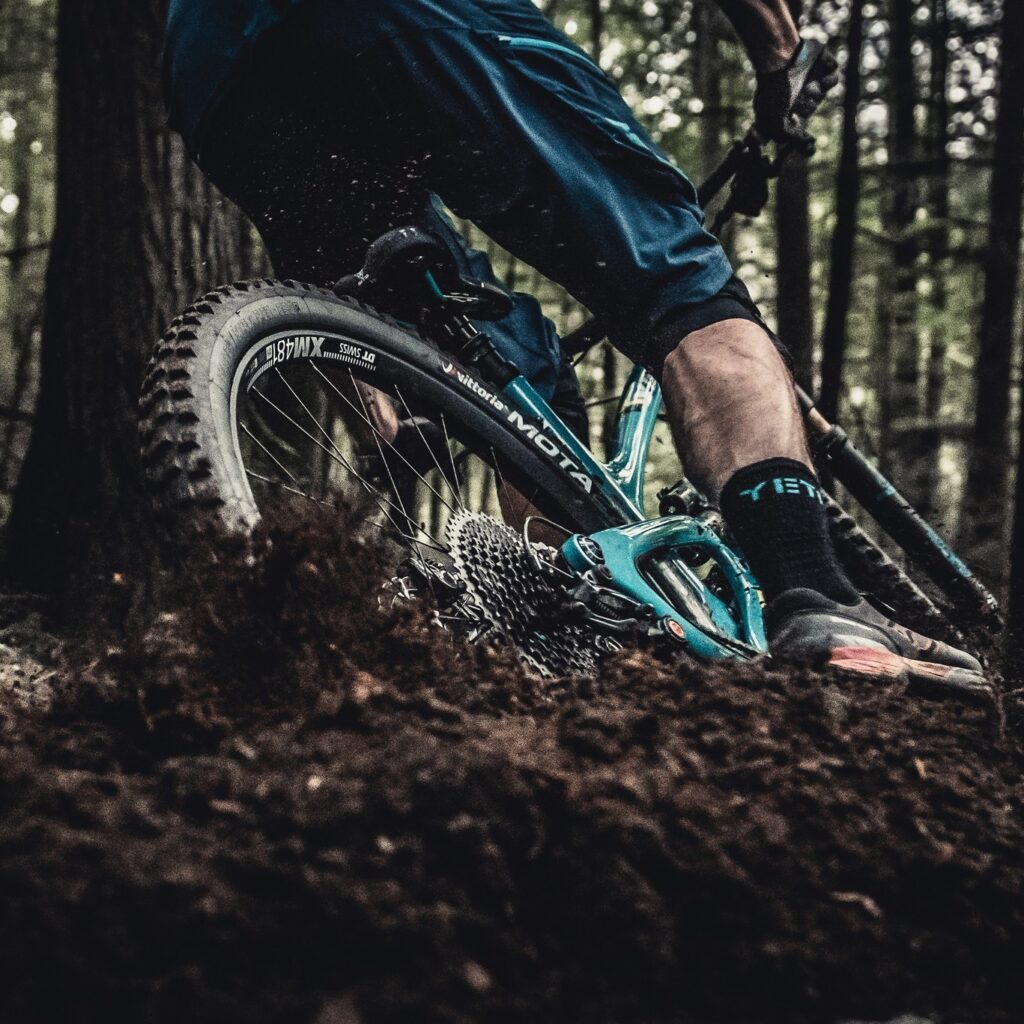
The Science Behind Tire Design
Cross country tires are a blend of art and science. The width, tread pattern, and rubber compound all play a role in rolling efficiency. Narrower tires traditionally offer less resistance and are quicker on smooth trails. However, advancements in tire technology mean wider tires can now also be incredibly efficient, offering better grip and comfort.
Tread design is a balancing act. Too aggressive, and you’ll feel like you’re dragging knobby anchors; too slick, and you’ll slip and slide on loose terrain. The rubber compound also affects rolling resistance and grip. Softer compounds grip better but can slow you down, while harder compounds are faster but can be less forgiving.
Pressure Plays a Pivotal Role
Tire pressure can dramatically affect rolling efficiency. Too low, and you increase resistance; too high, and you lose traction and comfort. I’ve experimented with various pressures and found that the optimal range varies based on rider weight, tire volume, and terrain. A good pressure gauge and regular adjustments are essential.
Adapting to the Terrain
Cross country trails can vary wildly, from smooth, hard-packed dirt to rocky, root-filled paths. Adapting your tire choice and pressure to the specific conditions can significantly improve rolling efficiency. On smoother trails, I opt for lower-profile treads and higher pressures. In more technical terrain, a slightly wider tire with a more aggressive tread pattern at a lower pressure can work wonders.
The Weight Factor
The weight of the tire itself is another factor in rolling efficiency. Lighter tires spin up to speed more quickly but might sacrifice durability and puncture resistance. There’s always a trade-off, and finding the right balance is key to optimizing performance.
Personal Experiences on the Trail
Through trial and error, I’ve learned that no single tire is perfect for all conditions. For instance, I once used a pair of ultra-light, fast-rolling tires for a race on rugged terrain. While they were quick, they lacked the grip and durability needed, resulting in a few unnerving moments. On another occasion, opting for a heavier, more durable tire paid off on a particularly rocky course, where puncture resistance was paramount.
The Continuous Pursuit of Efficiency
Achieving optimal rolling efficiency is a continuous pursuit. It involves understanding the interplay between tire design, pressure, terrain, and rider style. Regularly testing different setups and making adjustments based on your experiences and the specific demands of each ride is crucial.
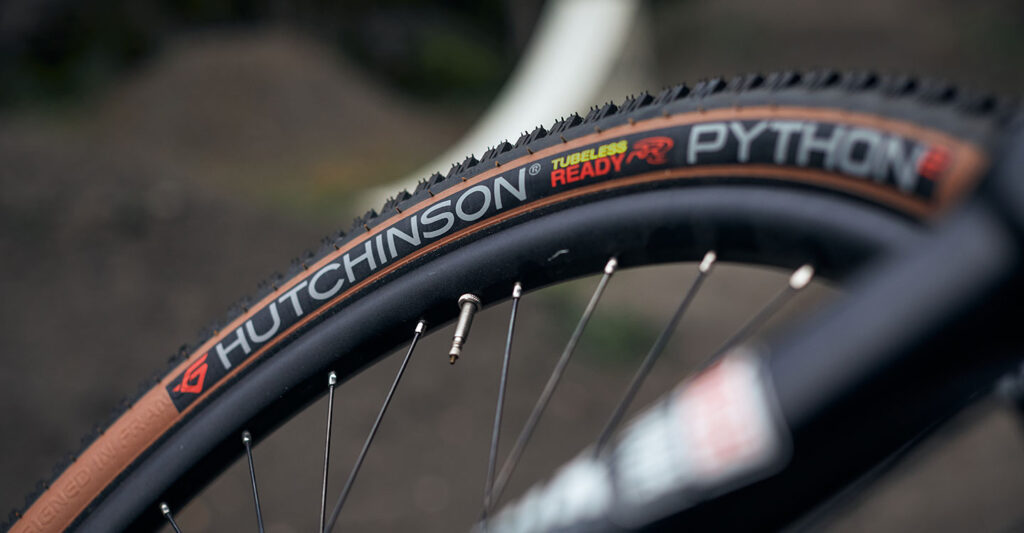
Final Thoughts: A Blend of Knowledge and Experimentation
Here are some other cross-country tire models that are recognized for their high rolling efficiency (low rolling resistance):
- Bontrager XR1 Team Issue: Known for its lightweight design and low rolling resistance, making it a top choice for fast, dry conditions.
- Michelin Wild Race’R: Offers an excellent balance of speed and grip, known for its efficient rolling on harder surfaces.
- Kenda Small Block Eight: A popular choice for its fast-rolling capabilities, especially on hardpack and dry terrains.
- WTB Nine Line: Features a minimalistic tread design that excels in fast and dry conditions, offering low rolling resistance.
- Hutchinson Python 2: Favored for its versatility and fast-rolling tread pattern, suitable for a wide range of conditions.
These tire models are designed to provide efficient rolling on cross-country trails, enhancing speed and reducing rider effort, especially on smoother, less technical terrain.
In conclusion, the rolling efficiency of cross country bike tires is a critical element that can greatly influence your riding experience. It’s a blend of selecting the right tire design, adjusting pressure to suit conditions, and understanding how different factors like terrain and weight influence performance. For beginners and mid-level cyclists, becoming attuned to these aspects can elevate your riding, making each pedal stroke count.
Keep experimenting and enjoy the journey on the trails!
John
FAQ
Is 2.35 too wide for XC?
No, 2.35 inches is not too wide for XC (cross country) biking. While traditional XC tires were narrower, modern trends and advancements in tire technology have made wider tires, like 2.35 inches, increasingly popular for their improved traction and comfort without significantly sacrificing rolling efficiency.
What is the difference between XC and trail tires?
XC (cross country) tires are typically lighter, narrower (around 1.9 to 2.25 inches), and have lower-profile treads for faster rolling and efficiency on smoother trails. Trail tires are generally wider (around 2.25 to 2.5 inches), heavier, and have more aggressive tread patterns for better grip and durability in rougher, more technical terrain.
Do wider car tires have less rolling resistance?
Not necessarily. Wider car tires can sometimes have more rolling resistance due to a larger contact area with the road, which can increase friction. However, tire construction, tread pattern, and rubber compound also play significant roles in rolling resistance, so wider tires can be designed to minimize this effect.
How much difference does TYRE rolling resistance make?
Tyre rolling resistance can significantly impact fuel efficiency and performance. It accounts for about 20-30% of a vehicle’s fuel consumption. Lower rolling resistance improves fuel efficiency and reduces energy loss, while higher rolling resistance can lead to increased fuel consumption and reduced vehicle efficiency.
